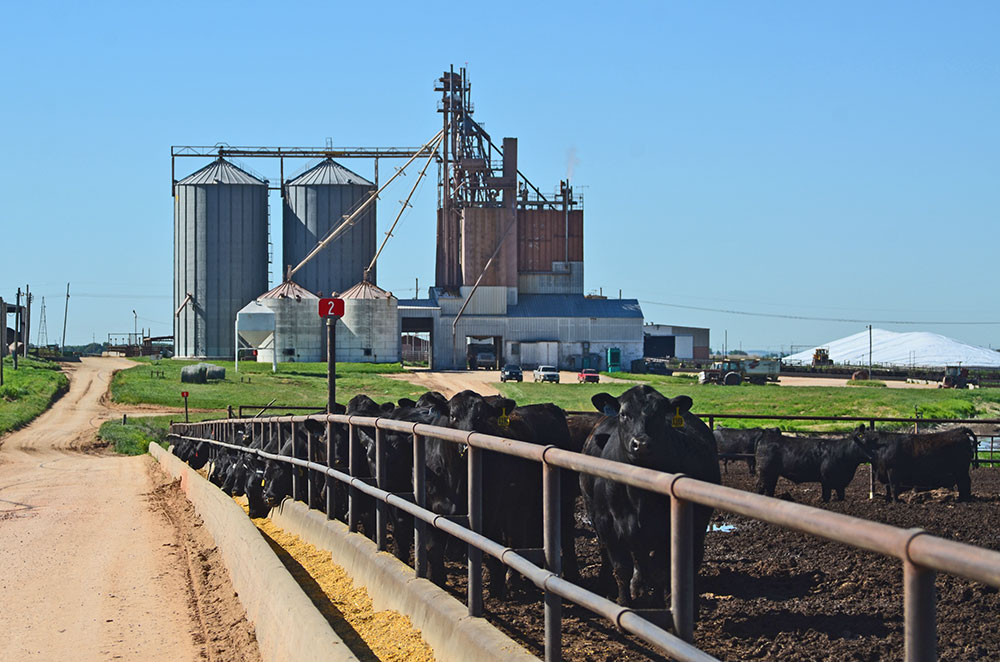Uncertainty is Affecting Cattle Prices
Short-run volatility may affect timing and other tactical considerations for production and marketing.
Cattle and beef markets have decreased from April highs with uncertainty in a variety of factors weighing on markets the past month. The latest threat of additional tariffs on Mexico rattled many markets in early June, including cattle and beef markets. It appears that the threat was removed, and cash and futures markets may stabilize somewhat this week. However, ongoing uncertainty about trade and the politics of trade continue to take a toll on agricultural and other markets.


























